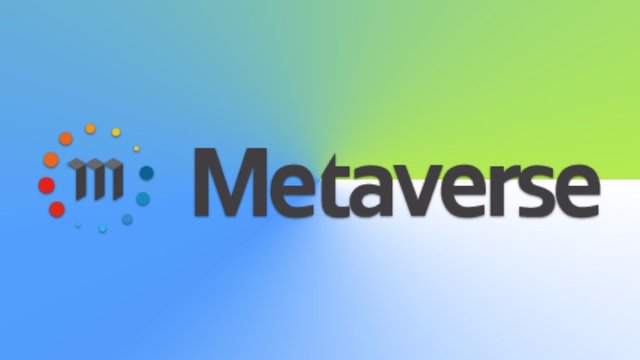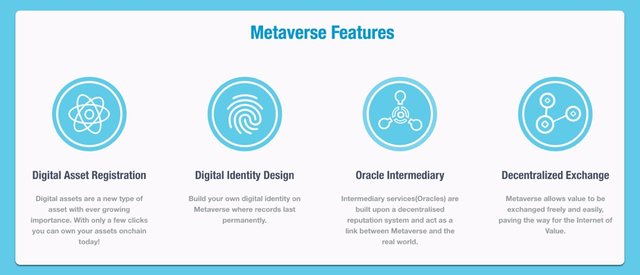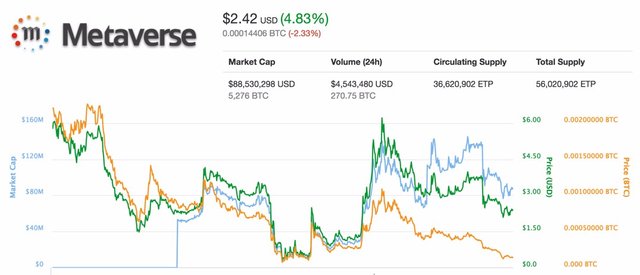Metaverse - Where reality meets virtuality

With the world moving towards a more significant level of digitalization, human to human (p2p) and human to machine-machine interactions have become commonplace in daily life. Managing this flow of information and securing the data behind these “interactions” or actions have increasingly become challenging for organizations across the board. The Metaverse blockchain tackles this exact issue in a decentralized fashion.

About Metaverse
Metaverse is a decentralized, open source platform based on public blockchain technology that encompasses Digital Assets and Digital Identities. The network stores universally unique and self-sovereign identities that are authenticated with private keys. Metaverse could primarily power all the future interactions and authentications when it comes to the use of decentralized applications.

Metaverse’s authentication process is quick while also providing for actual data to be stored on the blockchain that is also immutable and inaccessible. With Metaverse, security concerns surrounding traditional authentication methods are eliminated. This creates a situation where Metaverse is positioned to be the blockchain on which people, organizations and mainstream institutions can transact without any security concerns.
The Authentication Process
Metaverse follows a POW model just like Bitcoin and soon Ethereum. Metaverse digitizes assets such as rare goods (artwork and antiques), intellectual property, and rights to earnings from financial instruments to improve market efficiency. Through digital identities, Metaverse connects separate stores of value to form a chain of value. To authenticate the digital transactions, Metaverse plans to introduce intermediaries called ‘Oracles.’
These intermediaries can be anyone such as banks, government agencies, foundations, or even individuals who have a vested interest in the type of transaction taking place. While ViewFin, the parent company behind Metaverse brands them as a substitute for Ethereum in China, in reality, Metaverse brings Chainlink, NEO, and Civic on one platform packaged in a more flexible and user-friendly fashion.
The Entropy Token
The token that powers the Metaverse network is ‘Entropy’ (ETP). It will be used to registers assets, pay fees, establish an identity as the Oracle and value assets on the blockchain. The total token count is set to be around 100 million. While an estimated 60 million ETPs are planned to be given out through ICOs, the remaining ETP would be distributed through Proof of Work mining process.

At the time of writing this post, the market cap of entropy was around $88 million with each token priced around $2.40. ETP (Entropy) tokens are now available for purchase and trading on Bitfinex, HitBTC, and OpenLedger. All in all, Metaverse provides a customizable enterprise solution for identity verification that can be scaled up to address the needs of larger populations. There is a hidden China play in there as well.
Congratulations @blockstreet.info! You have completed some achievement on Steemit and have been rewarded with new badge(s) :
Click on any badge to view your own Board of Honor on SteemitBoard.
For more information about SteemitBoard, click here
If you no longer want to receive notifications, reply to this comment with the word
STOP